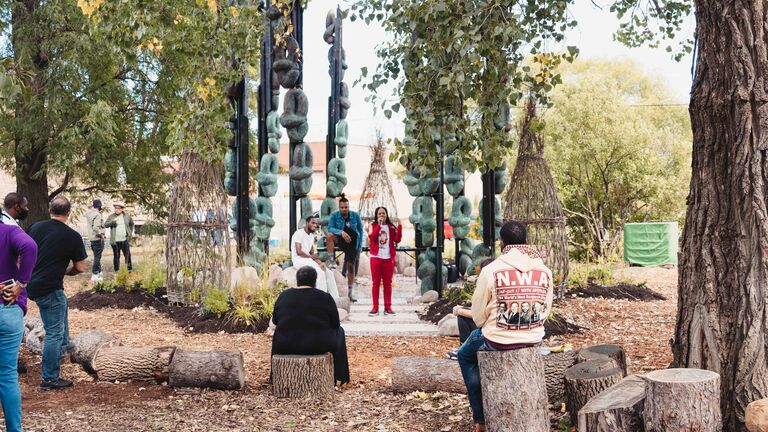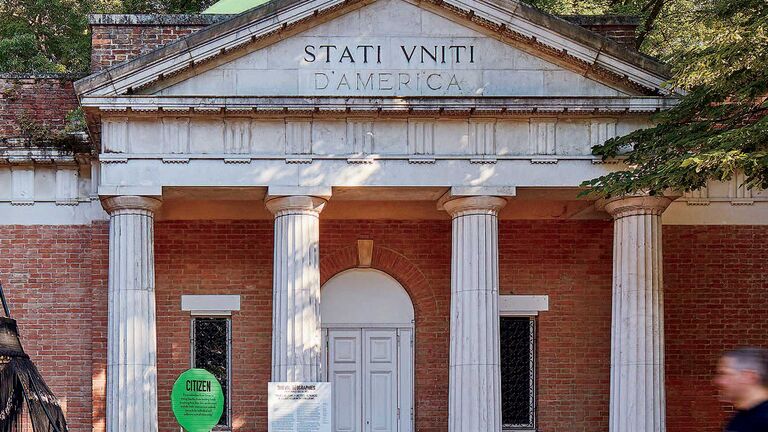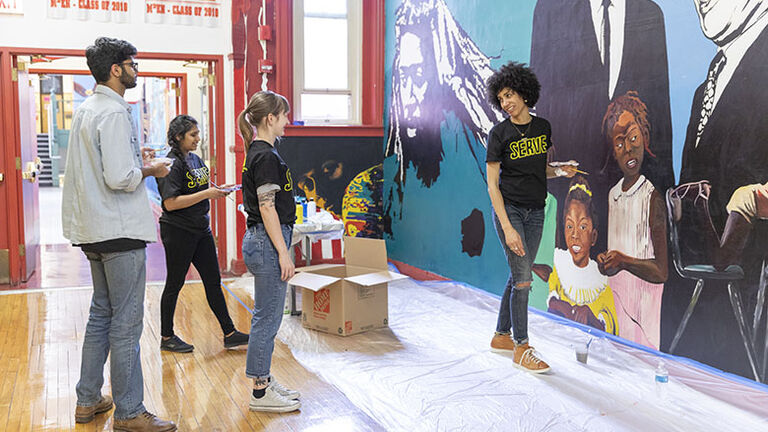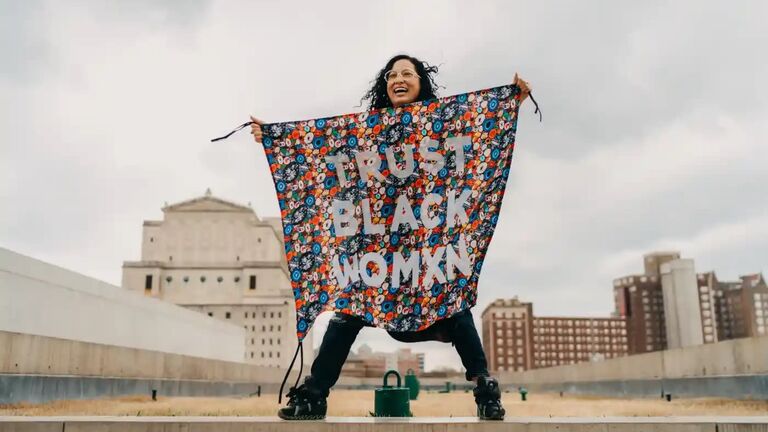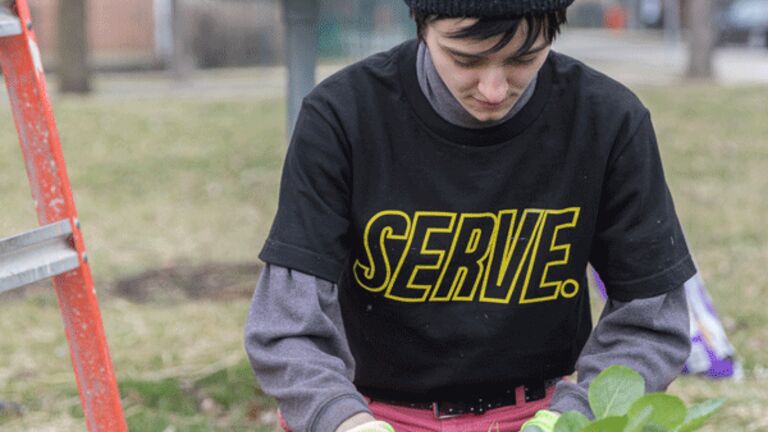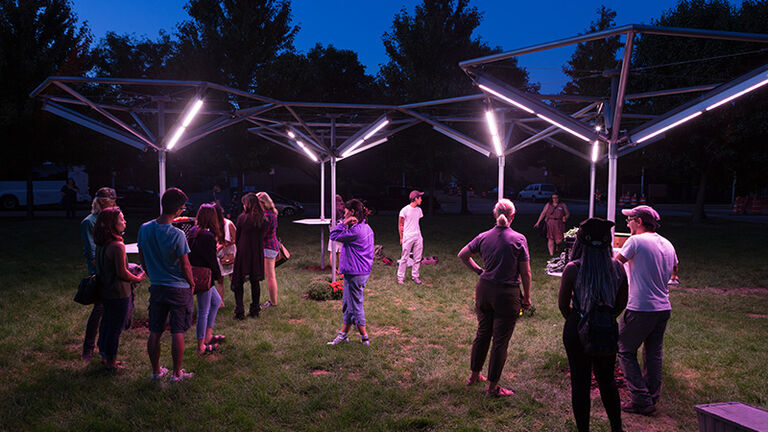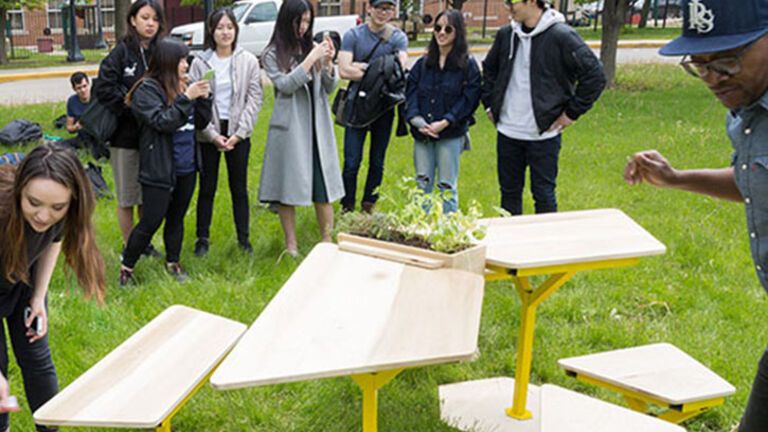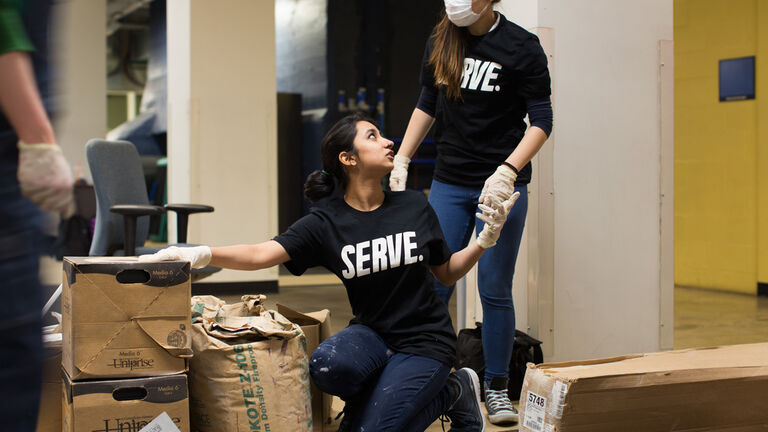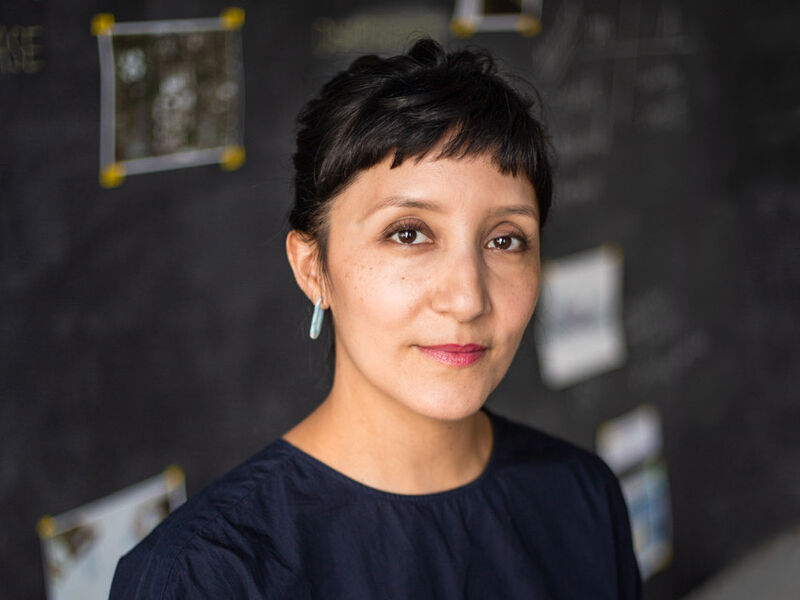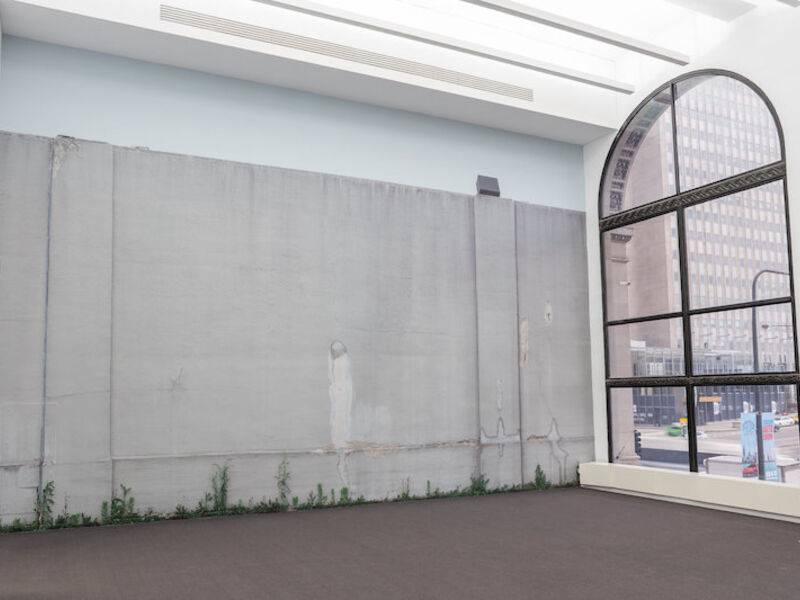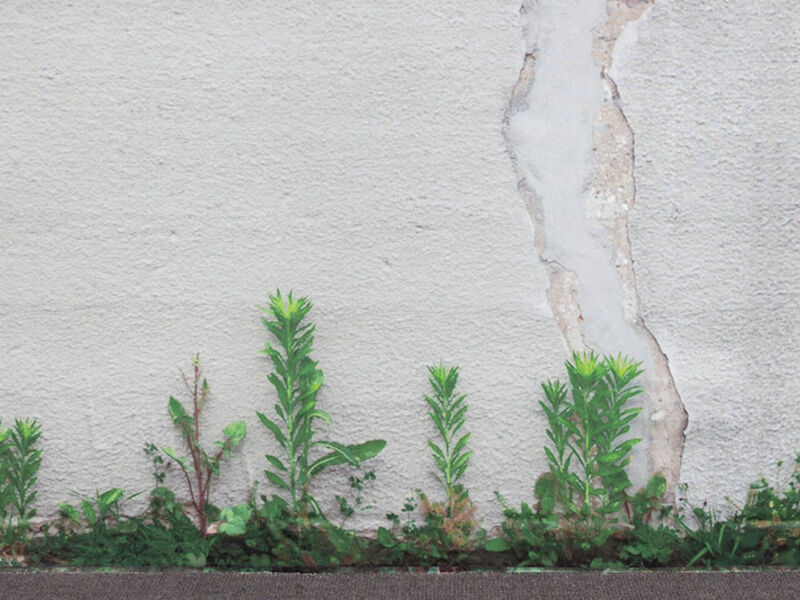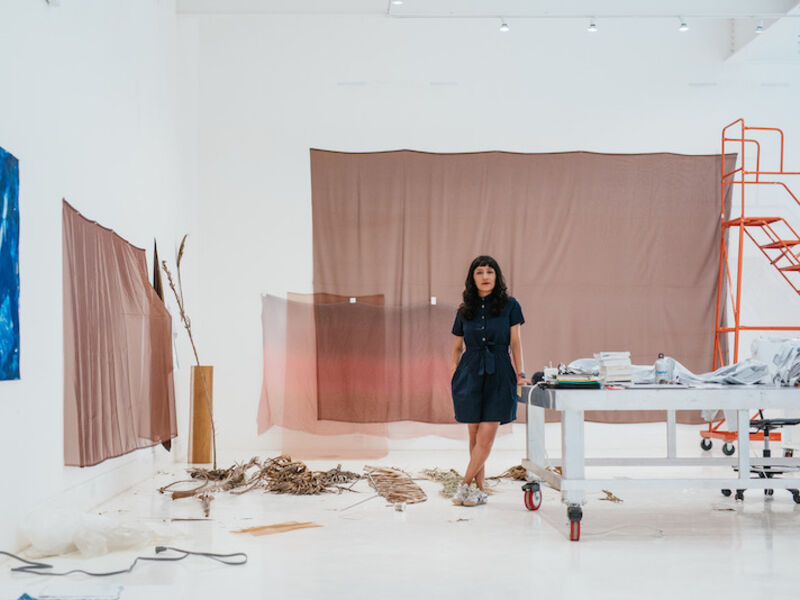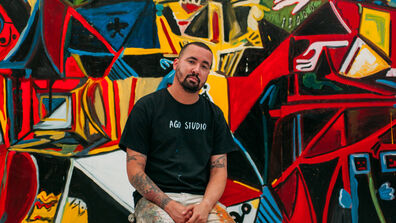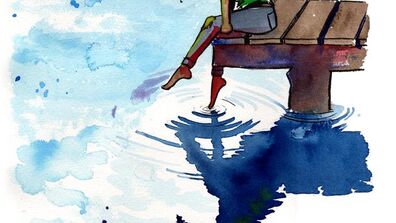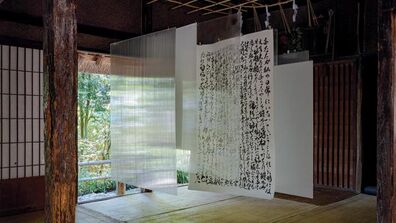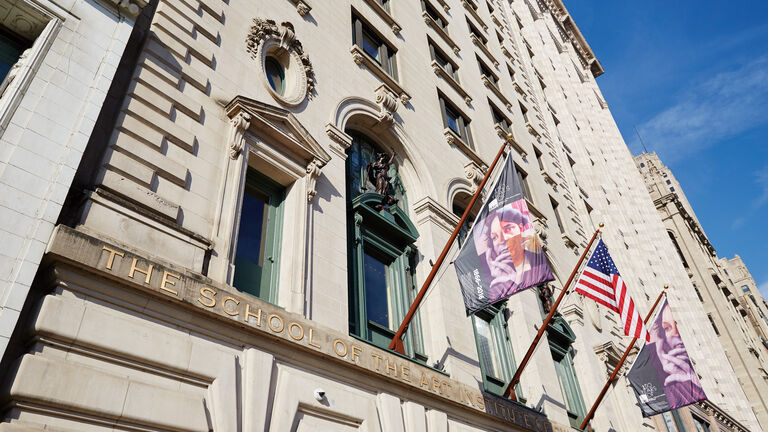
Citizen Artists
"Citizen artists do not possess a particular nationality; citizen artists are aware of our interconnectedness as people and our shared responsibility to do good. Citizen artists recognize that their work in the studio and the classroom is not separate from the culture we live in, the politics we negotiate, and the society we build together."
—Elissa Tenny, President of SAIC
Citizen Artists
For more than a century, the School of the Art Institute of Chicago (SAIC) has possessed an ethos of civic engagement that compels its artists, designers, scholars, and educators to create work that is not separate from the culture we live in, the politics we negotiate, and the society we build together. Our community is driven by the spirit of engagement and inquiry to reimagine traditional notions of art-making and make positive change in our world.
The idea of the citizen underpins SAIC’s interdisciplinary curriculum, which encourages students to experiment, cross boundaries, and take risks. It is evident in the speakers we invite to campus, and the work our students, alumni, faculty, and staff do every day.
Follow the links below to see some of the ways the SAIC community embodies the idea of the citizen artist.
Citizen Artists In the News
SAIC Student Protests California Fire With Guerilla Art Project
Rae Engelbrecht hopes to draw attention to the PG&E crisis with her guerrilla posters.
Alum Jeffrey Gibson Honors Land, Trees, and Sky at ICA SF
Jeffrey Gibson’s (BFA 1995) latest exhibition THIS BURNING WORLD takes over the museum’s interior and exterior.
Alum Rashid Johnson Featured on CNN Series Champions for Change
Alum Rashid Johnson (SAIC 2003–04, HON 2018) discusses uplifting young artists, advocating for artists of color, and dismantling barriers to cultural institutions.
Alum Richard Casper Named 2022 CNN Hero
Richard Casper's (BFA 2012) nonprofit CreatiVets connects veterans with art and music, and has helped over 900 veterans since its founding.
Maria Gaspar Creates Art Alongside the Incarcerated
The New York Times Style Magazine spotlights Associate Professor Maria Gaspar and her work with the Cook County Jail.
Maria Gaspar's Power of Place
Much of Associate Professor Maria Gaspar's work is inspired by a landmark of her neighborhood: the Cook County Department of Corrections. She has created installations commenting on surveillance and power and collaborated with incarcerated individuals.
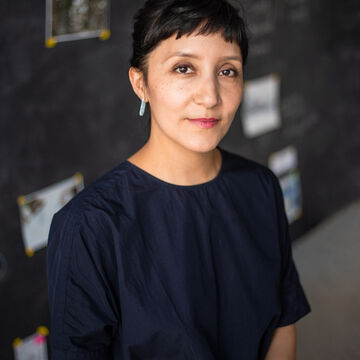
Past Citizen Artist Events
Toward an Anti-Racist Art Ecosystem Conference Series
The Toward an Anti-Racist Art Ecosystem Conference Series convened three dialogues on anti-racism featuring art and design industry leaders from various backgrounds, including art and design education, museum practices, galleries, auction houses, practicing artists, and more. The first of the three events took place virtually in academic year 2020–21 and focused on Chicago’s art ecosystem. In 2021–22, the series’ scope broadened to include nationally-based leaders in the arts, and in 2022–23, internationally-based leaders. The Toward an Anti-Racist Art Ecosystem Conference Series was generously supported by Hindman Auctions.
Struggle for Justice: 1619 Project and the Changing Narrative on Mass Incarceration
The Pulitzer Center, SAIC, and Illinois Humanities hosted an evening focused on the struggle for justice, from the first arrival of enslaved people sold to colonists in 1619 to the mass incarceration of Black and Brown people. The evening program began with a keynote address by award-winning journalist Nikole Hannah-Jones, lead writer on the New York Times’ 1619 Project issue. An expert panel of criminal justice advocates, journalists, and educators then discussed the changing narrative on mass incarceration.
More Speech: A Conversation About the First Amendment
For more than 200 years, the First Amendment has impacted art and civic life through freedom of expression. Political cartoons, controversial speech, the culture wars, and images posted on social media platforms are just some of the kinds of expression that have challenged—or been challenged by—First Amendment freedoms. But what speech gets protected in the United States, and who gets to speak? Why do we restrict speech in some places more than others? What challenges do libraries face in being the custodians for a variety of speech acts? How does art shape our First Amendment freedoms? This panel addressed all of the above questions and more.
Redesigning the System
This panel addressed how artists, policymakers, and practitioners are shaping criminal justice reform. SAIC and Illinois Humanities presented a discussion exploring the role of art and design in humanizing mass incarceration, strategies for reducing the number of Americans caught up in the criminal justice system, and the possibilities and restrictions of reform.
Down With Monuments? On the Making and Unmaking of Public Memory
Relevant historical objects or relics of the past? Recent confrontations over memorials have highlighted the true nature of monuments as acts of power. Proposals to take down, modify, or replace these statues confirm that monuments are as much about the present as they are about the past. But what is the best way to address these historical objects?
